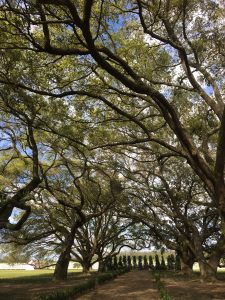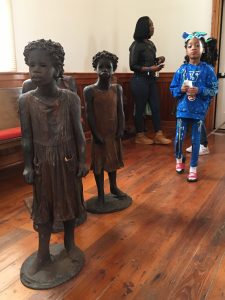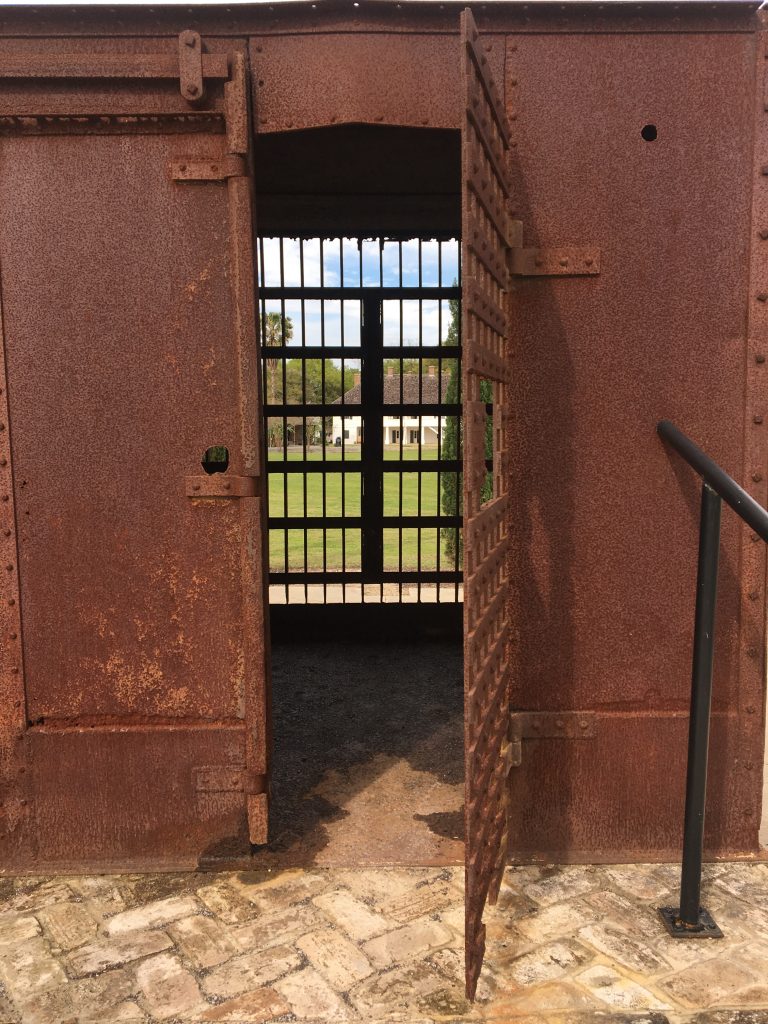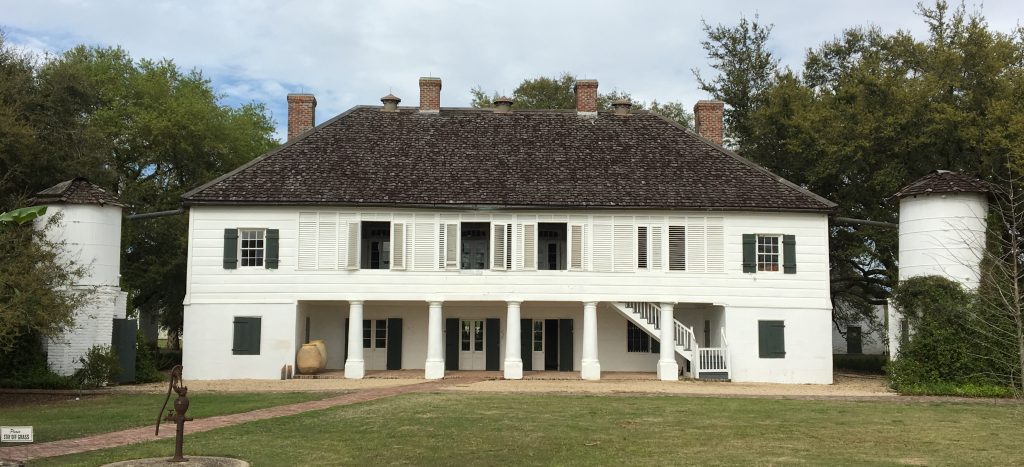Yesterday, June 13, I sat through a public hearing on new rules for the Tennessee Historical Commission to grant waivers to change the names of historic sites and monuments. Unsurprisingly, the majority of the speakers were members of the Sons of the Confederate Veterans, a group ostensibly dedicated to honoring Our Glorious Confederate Dead, but who more often find themselves defending the Myth of the Lost Cause against those who would interpret history as it actually happened.
I decided to live-tweet the meeting, and it turned out that I was the only person reporting what was going on.

As the slew of SCV members worked through their prepared talking points, it became clear that they were primarily concerned that any easing of the process to rename or remove monuments would lead the removal of the Confederate monuments that dot Tennessee’s landscape. Amid some real nonsense (including the idea that this was part of a conspiracy by “communists and progressives,” and that these rules would eventually lead to the removal of WWII monuments by all of the Germans who would soon be in the US fleeing Muslims), their central message was fear that history would be rewritten. Many of them stated repeatedly that “history doesn’t change” and expressed fear and anger over the idea that any removal would be taking down real history and replacing it with politically correct but inaccurate myths. They are deeply emotionally invested in this narrative, and one SCV member even interrupted an African American man as he discussed what Confederate monuments, especially those dedicated to Nathan Bedford Forrest, meant to him.
The irony, of course, is that those monuments were never about the Civil War. They were and are about sending a message of white supremacy, to remind black people of their place.
The meeting also made me think about my recent visit to the Whitney Plantation when I was in Louisiana visiting family. I managed to squeeze in a visit on my way from Lafayette to New Orleans for my flight home, and I was excited to finally have chance to visit. I’m in South Louisiana fairly often, but I rarely get to go exploring.

The Whitney Plantation is unique for its explicit focus on the lives of enslaved people. Most plantation tours focus on the daily lives of the planters who inhabited the big house and treat the lives of the enslaved population as peripheral or incidental. This means that often when white people see plantations, they often see Gone with the Wind-style romance and beauty rather than what some historians term forced-labor camps. The Whitney re-orients the visitor experience, educating them about the reality of slavery, the difficulty of learning about enslaved people as individuals, and the unrelenting physical labor required for sugar production (the primary cash crop at the Whitney Plantation).
I was surprised by how unsurprised I was by my tour of the Whitney. It felt comfortable in way that many other plantation tours do not. This is not because the subject matter was easy to absorb–quite the opposite–but I think because the Whitney knows what it is. There’s no docent blithely discussing how well they treated “the servants.” There’s no pained glance at the African American family on the tour. There’s no pretense that this tour, this place, is about anything other than slavery. It is painful and overwhelming, but the truth often is.

The white men and women who spoke at the public hearing were anxious and fearful, in part because they know they are wrong. When they attempt to ground their arguments in history, they are grasping at straws because history is not on their side. When the African American men spoke about their view of the Confederate landscape, the SCV members and their sympathizers, shifted uncomfortably as they were forced to confront their own white supremacy.
They won’t change their point of view. There is no smoking gun you can show them that will make them realize the error of their thoughts. They are the products of Gone with the Wind and a construction of lies designed to make slavery seem benign in order to justify segregation and race-based inequality. Millions of visitors each year wander through the historic homes and plantations of the South, and they absorb these subtle messages. Imagine if instead, they found themselves in sites that used the Whitney’s approach. If they learned about the realities of slavery and its long reach into the 21st century.
I have my own concerns about the rules proposed for waivers, but I am more concerned that Tennessee and other states will double down on the landscape of white supremacy out of fear and spite.
